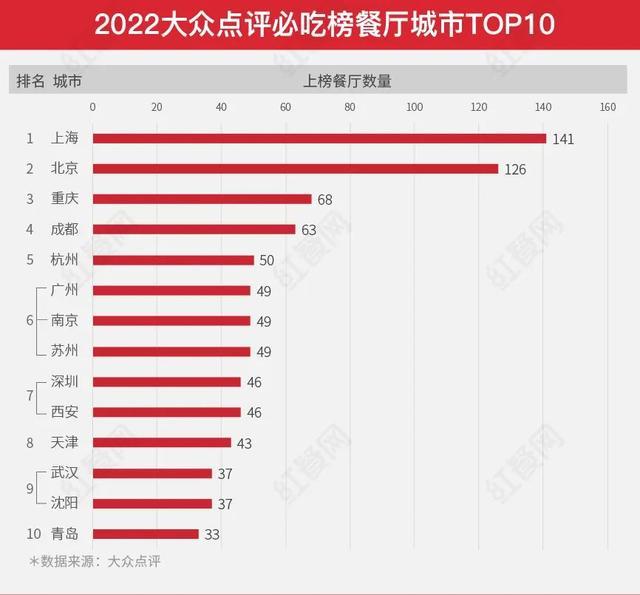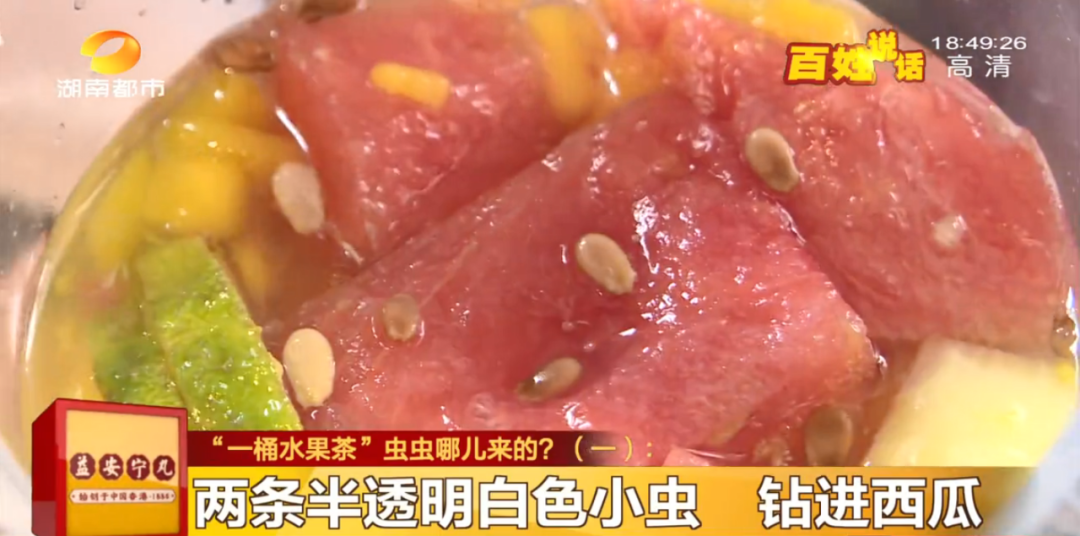From "not randomly changed" to "institutional protection", the "past life and present life" of Nanjing's old place names
Author:Intersection Time:2022.06.27
The 26th meeting of the Central Comprehensive Deepening Reform Commission held recently emphasized that the protection and protection of historical and cultural heritage should be placed in a more important position, and the old place names are not changed at will. In fact, regarding the inheritance and protection of "old place names", Nanjing has opened a precedent in the country. 120 old place names have been included in the protection of intangible cultural heritage. "Practical steering.
Nanjing old place name records the appearance of Nanjing city growth
"Nanjing has done a good job in the protection of place names. In the renovation of the old city, try to keep the old place names as much as possible; in the urban development and construction, the setting of new place names highlights the cultural charm on the one hand, and it is regular to follow; on the other hand, it can be followed; Printing the development of historical and culture in it. "Xue Bing, a well -known writer and expert in Nanjing local history, said," Place name, record the history of a city, also reflects the culture of a city, and is an important part of a city's history and culture. The city is not built in a day. The place name is recorded, and the traces of the growth of a city are recorded. "

Nanjing has a history of building a city in 2500 years. Through the place name, you can see the clear context of the city's development. In his book "Home Living in the Six Dynasties", Xue Bing used an article "Old Street New Road" to describe the "interesting thing" of Nanjing's place name. He told reporters that the word "street" in Nanjing's place name is "old" place name, just like evaluating the street, Sandshan Street, and Huobi Street. Shandong Road, Hanzhong Road, etc.
Xue Bing introduced that the roads and streets built in modern times and road traffic accounted for a lot of road traffic. In ancient times, the streets were not only the function of traffic. There were people living on both sides of an old street, and the streets were responsible for living. There are also many stores to meet the needs of the people's daily life, and the street undertakes the functions of life services. During the festival, various cultural and entertainment activities were held on the street, such as the Lantern Festival lamps, etc., and the street undertook the heavy responsibility of inheriting the customs culture.
"There are more men who drink tea in a teahouse on the street. Teahouses are a information exchange center for men. In the drinking and chatting of tea, everyone will hear the news and interesting things. There is a well on the street. There are many busy women near the water well. The well around the well is the information exchange center of the women. Washing and brushing, water beating, and watering by the well will also produce the communication of big things such as Zhang Parent and Li Jiashu. In this way, the 'Street' ' The content is richer. "Xue Bing said.

"Today, in the Hexi area of Nanjing, all the place names called 'Mountain', such as Huangshan Road and Lushan Road, are consistent with the road; Jialing Jiangdong Street, Nanxi Jiangdong Street and other place names, the road is consistent. In the south of the city, there are several main roads, Liling Road, Jiqing Road, Jiankang Road, Baixia Road, etc., all of which are once nicknames in Nanjing. These roads have a rule, which are all things. Know the direction here. "Xue Bing told reporters," The place name actually records the appearance of a city little by little. Just like a tree, the main trunk of the tree grows first, and the thin branches are later. If you grow out. Through place names, the characteristics of the times, characters, and events are connected. The context of urban development is clear. "Xue Bing said.
Protecting Nanjing's old place name is the historical culture of protecting Nanjing
Today, when it comes to Nanjing, many people first think of the famous "Wuyi Lane" in the Tang Dynasty Liu Yuxi: "The wild grass flowers on the side of Suzaku Bridge, the sunset of Wuyi Lane. "It can be seen that Wuxiang Lane has become synonymous with Nanjing's city in the minds of locals and foreigners. The poem" Wuyi Lane "is the finishing touch of the history of Nanjing.

Hu Axiang, a professor at the School of History of Nanjing University, introduced that Wuyi Lane was named in the Sun Wu era. At that time, the garrison was wearing black uniforms. Today's Wuyi Lane is promised, near the Weizi Temple Venciqiao, the west with the Monkey Studio Street and Dashiba Street, and east Tong Eguzhou Park. Without the size, there is no exact statement so far.
"The old names of Nanjing, which are formed in different times and are still in use today, are both tens of thousands, and the categories are also colorful. If we compare Nanjing's geography, history, culture, customs, etc. Then the old place name of Nanjing is the different length of the encyclopedia and the levels of the level of the encyclopedia. "Hu Axiang believes that the old place name of Nanjing describes the different historical periods of the Nanjing region one by one. The situation of the appearance, the status of different regional spaces, and the life of different social classes.

"The old place name is a reference book that knows old Nanjing and feels new in Nanjing." Hu Axiang said, "Maybe there are several regrets on the side of the modern city of thousands of cities, but through the old place name, you will eventually see the unique culture of Nanjing City. Features and special cultural mentality. The simple and solid place names, in the city of Nanjing, is rich in extensive cultural symbolic significance, and Nanjing people have produced a strong old name complex. Protecting Nanjing old place names is to protect Nanjing. In the historical culture of the city, the old place names of Nanjing should rise to the height of the historical and cultural heritage. The use of new place names should be cautious, which not only reflects the new appearance and pursuit of Xinnanjing, but also strives to be consistent with the old place names. The reality revelation given by the old place name of Nanjing. "
On June 27, Chen Mingyue, a citizen of Nanjing, suggested in a letter from the Reader of the People's Daily that he can use the monument, building a propaganda bar, and a pocket park to introduce the origin, historical allusion, character legend, and local culture of the old place. The old place names that are no longer needed can also retain their development records, so that the old place name tells its own "past and present life". Nanjing old place name "Resurrection" and included in the "non -relics"
The development of Nanjing City has also disappeared with the old name of Nanjing. According to Xue Guang, an expert in Nanjing, there are about 1,900 old place names disappeared in Nanjing. In order to miss some old place names, Nanjing citizens have selected some "regrets disappearing the old place name", such as singing the Scripture Tower, inviting Di Shi, Anle Temple, and Anle Temple, and Anle Temple, and Anle Temple, Anle Temple, Hundred Cat Fang, Renxiaoli, Akashiji, etc.
The old name like "Hundred Cat Fang" was located on the west side of the southern end of Caixia Street, Nanjing. According to legend, Ming Taizu Zhu Yuanzhang taboo general Yu Tonghai's name "Fish Tong Hai Chenglong", and he presented his archway during Yu Tonghai's birthday with a hundred cat patterns on it, which means "cats with cats", commonly known as "Hundred Cat Fang". Nowadays Hundred Cat Fang has merged into the residential area of Yuzhuyuan.
In addition, the place name "Two Taozi", which is particularly familiar with the old Nanjing people. This place was located outside the west gate of Nanjing, and today Mochou Lake East Road. In the past, it was often flooded by water and built a pupae. Because the west gate has been built with soil, this is the second way, so it is named. Erdao Xunzi No. 171 is the former site of Nanjing's famous "Bai Jiajia" Bai Jingyu Eye Yaozhuang, which has witnessed the rise and fall of the ethnic industry.

Scholars such as Ji Xiaomei studied the changes in the place names of the streets and lanes of Nanjing City found that from a historical point of view, the new and old place names in the main urban area of Nanjing since the Republic of China show a large -scale growth trend. The new and disappearing place names have a complementary pattern in space. The newly added mainly distributed in the outer city of the old city, while the disappearance is mainly distributed inside the old city.
The reason for the disappearance is the transformation of the old city. At the same time, the streets that are named after religious beliefs, historical figures, economic activities, municipal facilities, and natural orientations are also easy to die with the conversion of urban functional space. The main basis is based on the natural orientation, the surrounding houses, the blessings of prayer, the blessings, exotic culture, and landscapes, etc., which not only inherit the naming tradition of the old city, but also reflects the development concept of the new city.
However, from last year, some old names in Nanjing have disappeared from disappearing to re -"resurrection." For example, the road sign of the long -lost place name "Nengren", which has disappeared in Yuhuatai District, has re -established it on the side of the road, recording the history of Nengren Temple here; the Qijiawan area in Nanjing also "resurrected" two old place names, namely Daniel head and Mavericks. As a traditional return area, there are two places in the Ming Dynasty. There are two place names of "Daniel Lane" and "Mavericks" in the map of the Ming Dynasty.
As a business card in Nanjing culture, some of them are "resurrected", and some have been included in the "non -heritage list". It is reported that there are currently 120 old place names in Nanjing listed in the protection of intangible cultural heritage, which has realized the "emotional protection" to "institutional protection" of place names and non -heritage.
Xinhua Daily · Jiaojiao Reporter Hu Jingjing Fan Jiexun
Picture source: Visual China
- END -
The secret of the must -eat list of 1482 restaurants: This year's delicious or not, the shop is hot

In an uncertain environment, whether it is a small shop or a chain store, running ...
Women's takeaway drinks 2 creeping "white foreign objects"!Is this "material" added?

Ms. Yang in Changsha, Hunan drinks fruit teaDrink two white foreign objects that a...